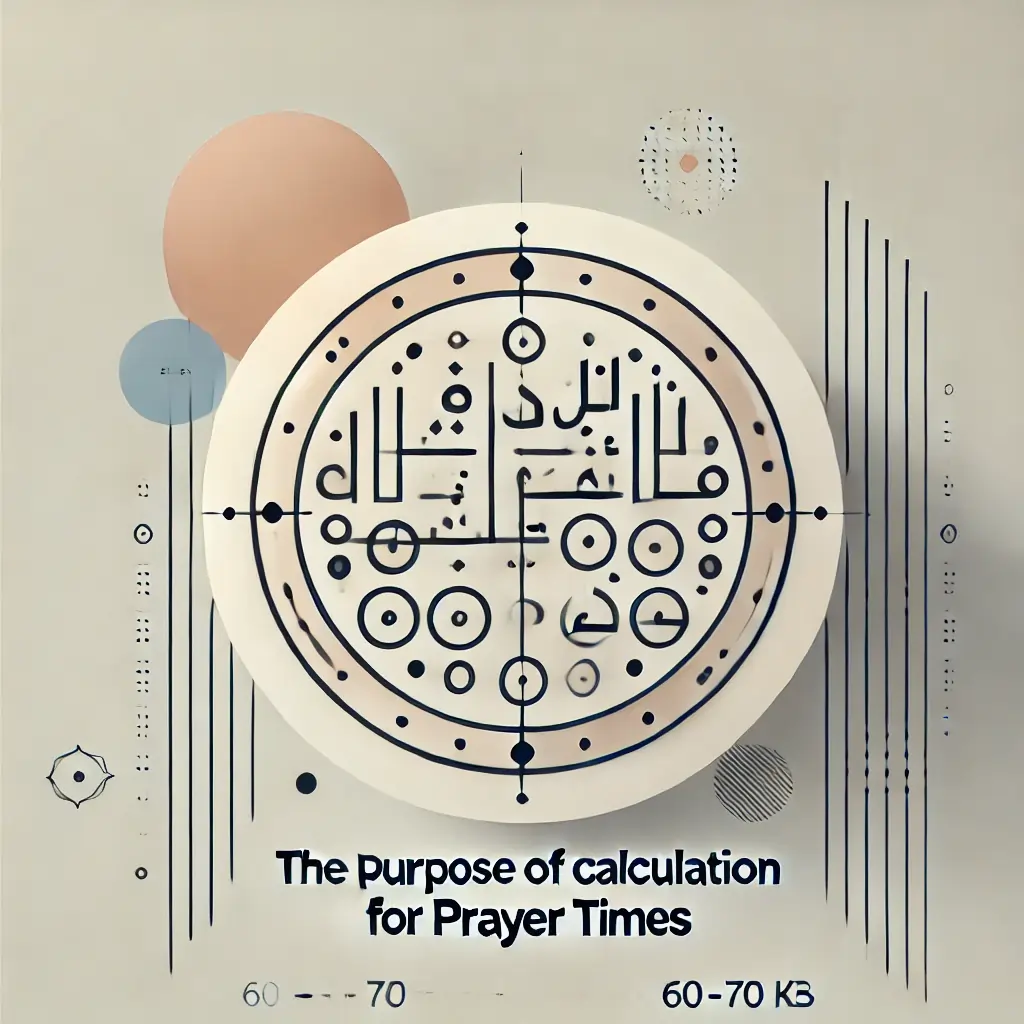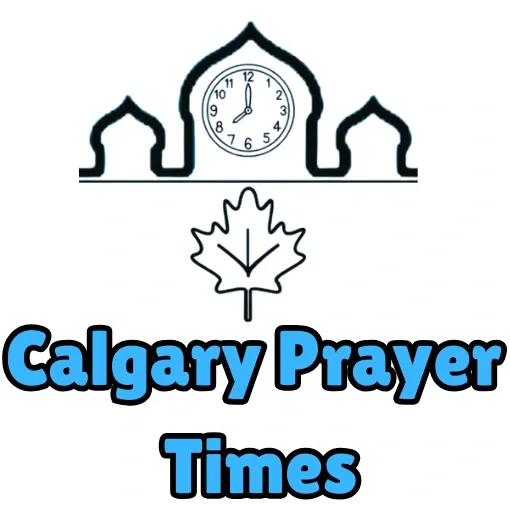Calgary Prayer Times Calculation Methods
Calgary prayer times calculation methods involve many traditional and modern techniques. There are scholarly opinions of different schools of thought with astronomical data, both used for accurate timings.
Role of Major School of Thoughts in Calculation Methods
The Islamic prayer timetable functions as a daily hub of connection with the Divine for Muslims. However, how does one arrive at these prayer times? The answer is in the complexities of the Islamic world and how each one of them attempts to answer the timeline brought to life by scholars with strong emotions interwoven with rationality.
The Hanafi school, being practically rooted, tends to set prayer times considering local climates, reflecting concern for community needs. The school of Maliki, which is tied to the legacy of Medina, gives emphasis to sunset and shadow lengths, allowing for the preservation of life linked to the Prophet’s life. The Shafi’i and Hanbali schools’ use of meticulous calculation for Fajr and Isha angles shows a certain obsession with precision that borders on romanticism. These methods are more than calculation; they are deeply personal stories that interpret humanity’s need to make sense of religion, science, and the yearning of the soul. Together they prove intricate devotion formed of a living expression of faith.
The Purpose of Calculation Methods for Prayer Times

Muslim prayer times are calculated using different methods, considering geographic location, scholarly opinions, and accurate astronomical data. These methods verify that the five daily prayers—Fajr, Dhuhr, Asr, Maghrib, and Isha—are in line with the sun’s position, allowing Muslims to complete their duties accurately. Calgary Prayer Times Calculation Methods: Uniformed systems, like those by the Muslim World League, Umm al-Qura in Saudi Arabia, and the Egyptian General Authority of Survey, help centralize timings across regions. In North America, the Islamic Society of North America (ISNA) method is general, using specific angles to indicate the start of Fajr and Isha based on sunset.
Why do calculation methods differ, and what is their importance?
The main differences among calculation methods focus on how Fajr and Isha times are set, using different angles below the horizon to define twilight. Some methods, like the Muslim World League, use a 15-degree angle, while others, like the University of Islamic Sciences in Karachi, rely on an 18-degree angle. In areas where the sun behaves unusually, such as in high latitudes, special methods like “nearest latitude” ensure that Muslims can observe their prayers at appropriate times. These variations make it possible to meet prayer obligations accurately, no matter the location.

Islamic Society of North America—ISNA (Default)
Muslims across the North American continent regard the Islamic Society of North America (ISNA) as a reliable source of support that helps them remain connected with their faith through facilitating prayer. For Fajr and Isha, the ISNA calculation for North America employs a 15-degree Fajr and Isha bend, reflecting a blend of indifference and accommodation for both practices and principles. Consider a neighborhood covering an expanse of ranges from busy urban centers to remote rural areas. Through ISNA, all these people are brought together by a method that was not only carefully devised but also consulted upon with scholars. This is far more than arithmetic; it is a devotion that each Muslim, no matter their location, can rely on to know they can stop and pray and feel a sense of stability.
Hanafi, Shafi, Malki
- Ministry of Religious Affairs and Wakfs, Algeria (Fajr: 18°, Maghrib: +3 min, Isha: 17°)
- Kementerian Hal Ehwal Ugama (Brunei Darussalam) (Fajr: 20°, Isha: 18°)
- The Gulf Region (Dubai) (Fajr: 18.2°, Isha: 18.2°)
- Egyptian General Survey Authority (Fajr: 19.5°, Isha: 17.5°)
- Union Organization Islamic de France—12 (Fajr: 12.0°, Isha: 12.0°)
- Union Organization Islamic de France—15 (Fajr: 15.0°, Isha: 15.0°)
- Union Organization Islamic de France—18 (Fajr: 18.0°, Isha: 18.0°)
- Gulf region (Fajr: 19.5°, Isha: +90 min)
- Shia Ithna Ashari, Leva Institute, Qum (Fajr: 16.0°, Maghrib: 4.0°, Isha: 14.0°)
- University of Islamic Sciences, Karachi (Fajr: 18.0°, Isha: 18.0°)
- Kementerian Agama Republik Indonesia (KEMENAG) (Fajr: 20.0°, Isha: 18.0°)
- Kuwait (Fajr: 18.0°, Isha: 17.5°)
- Moonsighting Committee (Fajr: 18.0°, Isha: 18.0°, Note: seasonal adjustment values.)
- Muslim World League (Fajr: 18.0°, Isha: 17.0°)
- Islamic Society of North America—ISNA (Fajr: 15.0°, Isha: 15.0°)-Default
- Qatar (Fajr: 18.5°, Isha: +90 min)
- Spiritual Administration of Muslims of Russia (Fajr: 16.0°, Isha: 15.0°)
- Singapore (Fajr: 20.0°, Isha: 18.0°)
- Union Organization Islamic de France—12 (Fajr: 12.0°, Isha: 12.0°)
- Union Organization Islamic de France—15 (Fajr: 15.0°, Isha: 15.0°)
- Union Organization Islamic de France—18 (Fajr: 18.0°, Isha: 18.0°)
- Gulf region (Fajr: 19.5°, Isha: +90 min)
- Shia Ithna Ashari, Leva Institute, Qum (Fajr: 16.0°, Maghrib: 4.0°, Isha: 14.0°)
- University of Islamic Sciences, Karachi (Fajr: 18.0°, Isha: 18.0°)
- Kementerian Agama Republik Indonesia (KEMENAG) (Fajr: 20.0°, Isha: 18.0°)
- Kuwait (Fajr: 18.0°, Isha: 17.5°)
- Moonsighting Committee (Fajr: 18.0°, Isha: 18.0°, Note: seasonal adjustment values.)
- Muslim World League (Fajr: 18.0°, Isha: 17.0°)
- Islamic Society of North America—ISNA (Fajr: 15.0°, Isha: 15.0°)
- Qatar (Fajr: 18.5°, Isha: +90 min)
- Spiritual Administration of Muslims of Russia (Fajr: 16.0°, Isha: 15.0°)
- Singapore (Fajr: 20.0°, Isha: 18.0°)
- Shia, Institute of Geophysics, University of Tehran (Fajr: 17.7°, Maghrib: 4.5°, Isha: 14.0°)
- Ministry of Religious Affairs of Tunisia (Fajr: 18.0°, Isha: 18.0°)
- Presidency of Religious Affairs, Turkey (Fajr: 18.0°, Isha: 17.0°)
- Umm al-Qura University, Makkah (Fajr: 18.5°, Isha: +90 min, Ramadan – Isha: +120 min)



